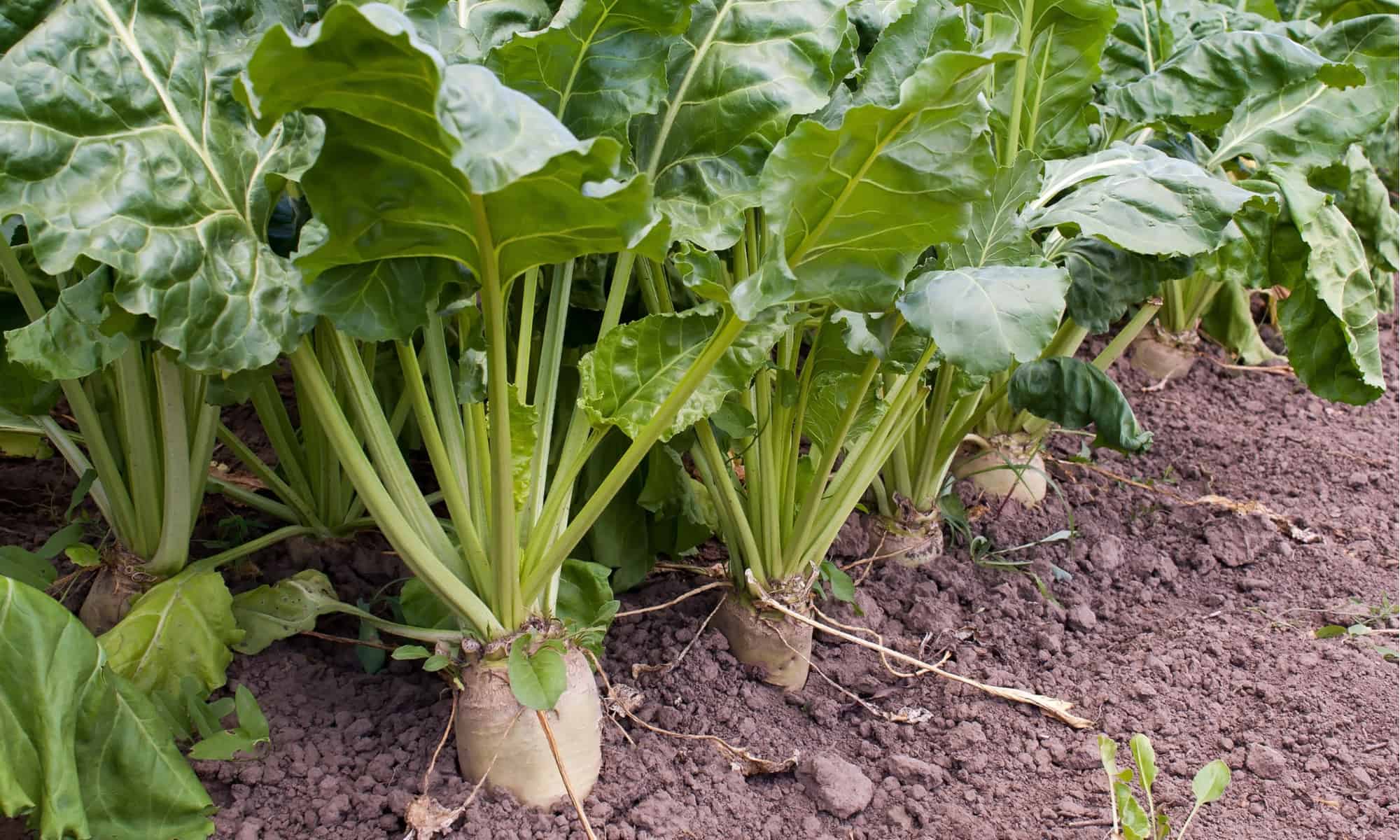Checking Out the Distinctions in operation and Benefits In Between Beet Sugar Vs Cane Sugar
In the culinary globe, the option in between beet sugar and cane sugar is not simply about sweet taste but entails a nuanced consideration of taste, application, and effect. While both sugars originate from different plants, each undergoes special production procedures that subtly influence their characteristics and viability for different recipes. As chefs and customers increasingly focus on both the environmental and flavor accounts of their ingredients, recognizing these differences ends up being crucial. This expedition offers insight right into how each sugar type can best boost culinary developments.
Beginnings and Production Procedures of Beet and Cane Sugar

Cane sugar, on the other hand, comes from the sugarcane plant, a tropical lawn indigenous to Southeast Asia yet currently grown in exotic areas worldwide - beet sugar vs cane sugar. The manufacturing of cane sugar starts with the harvesting of cane stalks, which are crushed to release the juice.

Nutritional Material and Wellness Considerations

When contrasting the nutritional content of beet sugar and cane sugar, it comes to be noticeable that both types essentially supply the very same caloric values, with about 16 calories per tsp and no substantial nutrient variety. Each is composed practically completely of sucrose, which is a straightforward carb that offers quick energy however does not have vitamins, minerals, or fiber. This resemblance encompasses their impact on health, particularly concerning blood glucose degrees. Both sugars, when eaten over, can add to raised blood sugar degrees, a threat variable for diabetes mellitus and various other metabolic problems. Moreover, excessive intake can lead to weight gain and dental problems, as both sugars are equally cariogenic, promoting dental caries. From a health and wellness point of view, moderating intake of any type of sugar, whether from beet or cane, is advisable to avoid these possible adverse results on wellness. Therefore, neither holds a distinct advantage over the various other in regards to health and wellness benefits.
Taste Profiles and Culinary Applications
Regardless of their comparable chemical structures, beet sugar and cane sugar differ subtly in flavor, which can influence their usage in numerous cooking contexts. Cane sugar frequently brings a hint of molasses, also in its polished kind, offering a cozy, caramel-like touch that enhances baked goods, coffee, and chocolate-based recipes. On the other hand, beet sugar is defined by its extremely fine-tuned, neutral preference, making it a functional sugar that does not modify the taste accounts click site of recipes.
Environmental Impact and Sustainability
While both beet and cane sugars are obtained from plants, their environmental effects differ substantially because of the distinctive approaches of farming and handling needed for each and every. Sugar beet farming commonly entails substantial mechanization, which can enhance nonrenewable fuel source consumption and carbon emissions. Beets can be grown in cooler environments and need less irrigation, possibly lowering water use compared to sugarcane. Sugarcane, on the other hand, is typically expanded in tropical regions where it counts greatly on irrigation and a longer growing duration, boosting its water footprint.
Moreover, the processing of sugarcane frequently generates a significant amount of waste, including bagasse, which, although usable as biofuel, regularly adds to air contamination if shed inefficiently. Sugar beet handling uses more of the raw products, causing less waste. Both sectors deal with obstacles in minimizing their ecological footprints, yet continuous innovations in farming practices and waste administration are intending to improve sustainability.
Economic Variables Influencing the Sugar Industry
The financial dynamics of the sugar market are considerably influenced by global market demands and profession plans. In areas where sugarcane or sugar beet production is subsidized, producers may have a financial benefit that allows them to use lower prices on the global market.
In addition, variations in worldwide demand for sugar, influenced by nutritional patterns and industrial use in food items, straight effect prices and manufacturing degrees. beet web sugar vs cane sugar. Climate condition also play a crucial function, as they can considerably affect plant returns and, consequently, the supply chain. This irregularity presents a level of financial unpredictability that can result in financial investment volatility in sugar manufacturing industries, affecting choices from planting to market approach
Final Thought
In conclusion, both beet and cane sugar have one-of-a-kind high qualities that suit various culinary demands. While cane sugar imparts an abundant flavor perfect for improving baked goods, beet find more sugar's nonpartisanship is ideal for lighter recipes. Nutritional similarities regardless of, their unique manufacturing processes and ecological impacts include complexity to the selection between them. Therefore, understanding these distinctions helps chefs and customers make informed choices that align with their health and wellness, culinary, and honest choices.